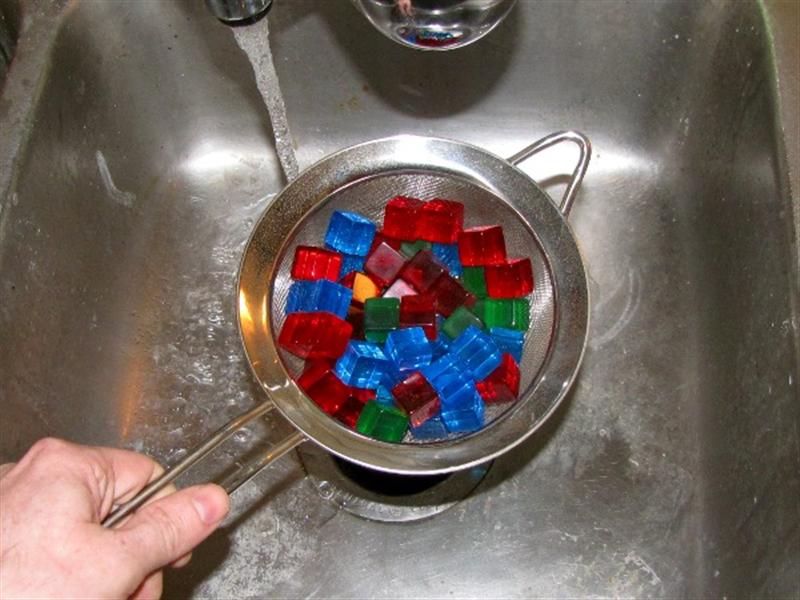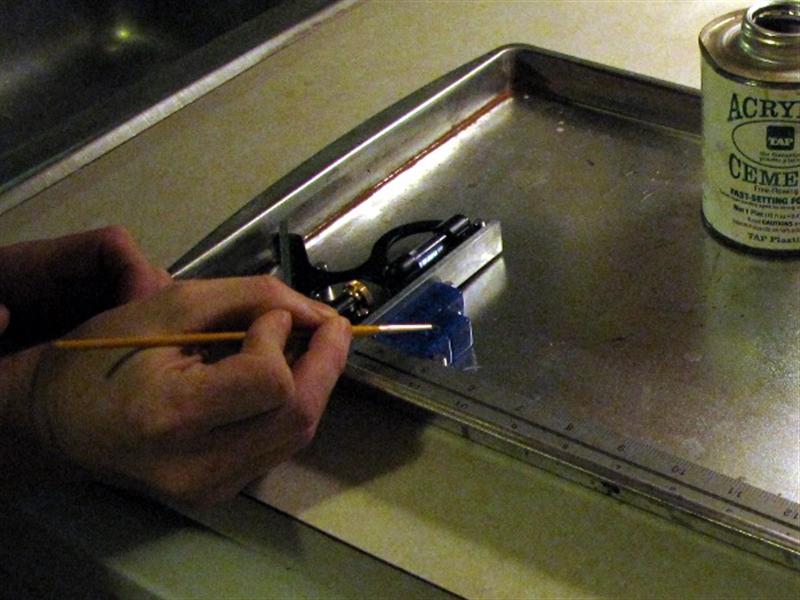A number of interesting assembly puzzles can be made from pieces consisting of simply joined cubes in various numbers and arrangements. Piet Hein’s Soma Cube is a notable example, consisting of all the simply joined non-convex polycubes having four or fewer units. Generally, a polyomino or polycube puzzle is presented as an outline or volume to be filled in with a certain set of pieces. It is up to the solver to figure out how to pack the pieces to fill the specified form.
Among the more interesting of the polycube puzzles are the solid pentominoes. The flat pentominoes are commonly used in early elementary education programs, so many readers will doubtless be familiar with them. Extruding the flat pentominoes by one unit in the Z-dimension gives the set of what are traditionally called “solid pentominoes.” They can be used to solve any flat pentomino puzzle, but also to create various 3D shapes. The 3D puzzles are considerably more challenging.
To make a satisfying polycube puzzle requires that the pieces be dimensioned very accurately, so they will always pack closely regardless of their arrangement. To achieve this accuracy with common hand tools is very difficult. However, blank dice provide a convenient and inexpensive source of accurate, precise unit cubes which may be joined to create the various pieces. The use of translucent dice is recommended, both because they look cool and because they’re gauranteed to be acrylic and hence strongly bondable with standard acrylic cements. All the opaque dice I’ve tried to glue have proven highly resistant to adhesives of all types; I suspect they’re made out of polyethylene.













